What's the Best Keel Design for Bluewater Sailing?
There are a lot of factors at play in bluewater sailboat design. The keel design is a critical choice for any serious sailor - it will affect performance, comfort, speed, but also durability and safety.
If you prefer comfort and sturdiness and don't mind slower speeds, the best keel design for bluewater sailing are full keels. Fin keels are the proven keel design for people who prefer higher speeds and maneuverability and don't mind decreased durability and a less comfortable sail.
Below we'll quickly touch on the basic keel types and then discuss what makes a seaworthy keel, and explain in detail how the full and fin keels compare.
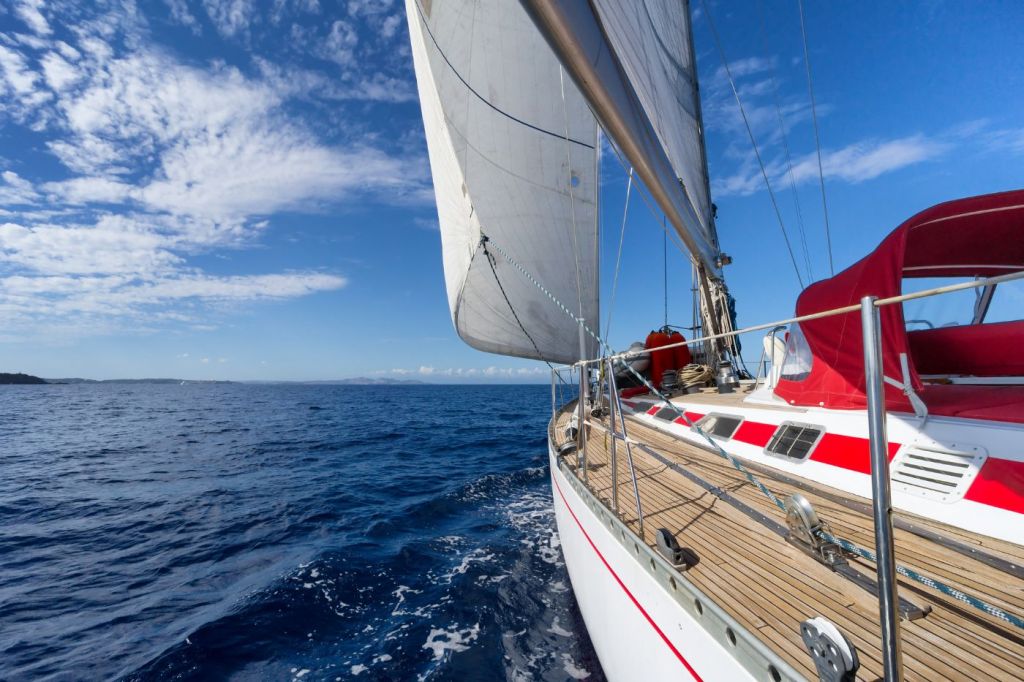
Basic Keel Types
Let's look at what keels are out there so you know your options. There are three basic keel types:
- full keel
- fin keel
- lifting keel
The full keel is a fin running across the boat length. It comes in all shapes and curvatures; for instance, not all span from the absolute front to the absolute back.
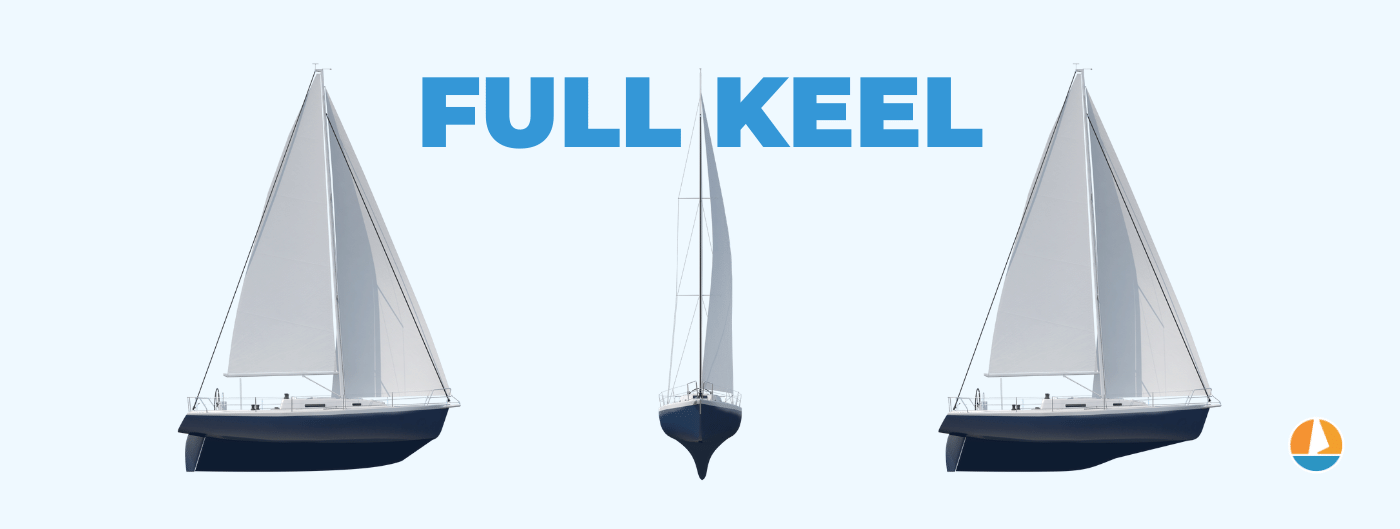
The fin keel is a narrow fin below the boat, usually in the center. It comes with various endings, sometimes with a weight at the tip, adding to the stability, sometimes there are two keels, which helps with performance.
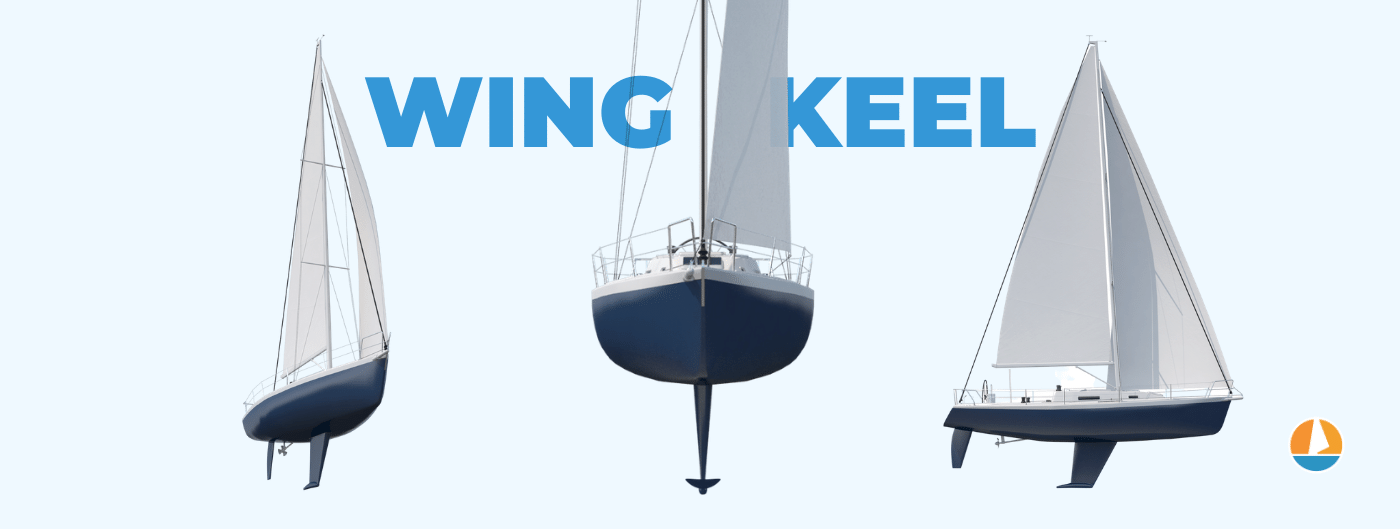
The lifting keel is a fin keel that can be raised. It can be weighted or unweighted, and in some cases they can be lifted all the way, disappearing into the hull. In other cases, they merely lift a bit to gain a more shallow draft.

This is a very rough classification of keel types, and there are plenty more. For a more complete overview, please go over our illustrated guide, which contains a full list of keel types with illustrations and diagrams like the ones above and will help you understand the basics of keel design in ten minutes or less.
In this article, I'll adhere to the three main types of keels, full, fin, and lifting keel.
What Makes a Keel Seaworthy?
When it comes to seaworthiness, you need stability to withstand large waves and rougher weathers and either speed to outrun bad weather, or enough rigidity to outlive it.
You want something low maintenance (all things considered) so that it won't be very susceptible to wear and tear and so that it can be repaired with the least amount of tools possible.
On the other hand, you don't have to care much about draft versatility, as you will be mostly in deep waters and you don't need to venture into performance extremes, since racing likely won't be on the menu.
The lifting keel isn't the best bluewater design
Keeping all of the above in mind, we can safely cross off lifting keels in all their variants. They come with too many drawbacks, such as fragility, decreased performance, and less stability provided - for which they offer lesser draft as a trade, but that is a useless feature for bluewater sailors.
The lifting keel design does have its advantages. It is great for navigating shallows. That's why you'll mostly encounter lifting keels among lake sailboats, coastal cruisers, and island hoppers as well as those living in shallow water areas, such as Florida.
Fin keels vs. full keels: both best in their own way
That leaves us with a full keel and a fin keel. And this is where things get tricky. As it turns out, there is no single best answer. Whether you will go with either is up to your preference and sailing style.
Advantages of Full Keel as a Bluewater Cruiser
Here is what you want to know. If you are a sailor without deadlines, you are in it for the long passages and a lot of time spent on a boat, go with a full keel.
Its extreme amount of wetted surface will contribute positively to stability. The boat will track well and will be less influenced by waves. As far as comfort goes, things won't get any more pleasant (unless you opt for a catamaran).
This means heaving to will be easier, the boat won't rock as much and it will be able to withstand rough weather with as much comfort as possible. In other words, you won't attempt to outrun squalls, since you'll be less likely to, but you'll have a more comfy experience overall.
The reduced heeling is also great, so you can have more sheets up without fearing you will flip your boat and it makes living onboard just a bit more convenient.
All in all, sailing full keels will be more forgiving and easier, as the keel stabilizes both horizontally and vertically. Something noticeable especially when things get bumpy.
As an added bonus, if you happen to run aground, this is the best keel to do so (with perhaps the exception of the swing keel). Since it is connected to the boat at all its length, there's little chance it will break off.
When looking at full keel designs, you'll notice that the rudder is protected by the keel. So the most vulnerable part of the boat as well as central to boat operation is less likely to get damaged if you run into tricky situations.
So as far as sturdiness goes, this is a win. The side effect is that full keel boats tend to be of sturdier build quality since it's assumed that whoever wants a full keel, opts fundamentally for sturdiness.
In other words, you are buying yourself a slow, steady tank. These designs, often referred to as the traditional, or classical designs, go way back to when technology and materials didn't exactly help the sailors, so they had to go for designs that had their back in all conditions as much as possible, and rely less on technological solutions. This means they have plenty of interesting advantages without the need for gadgets or fancy add-ons.
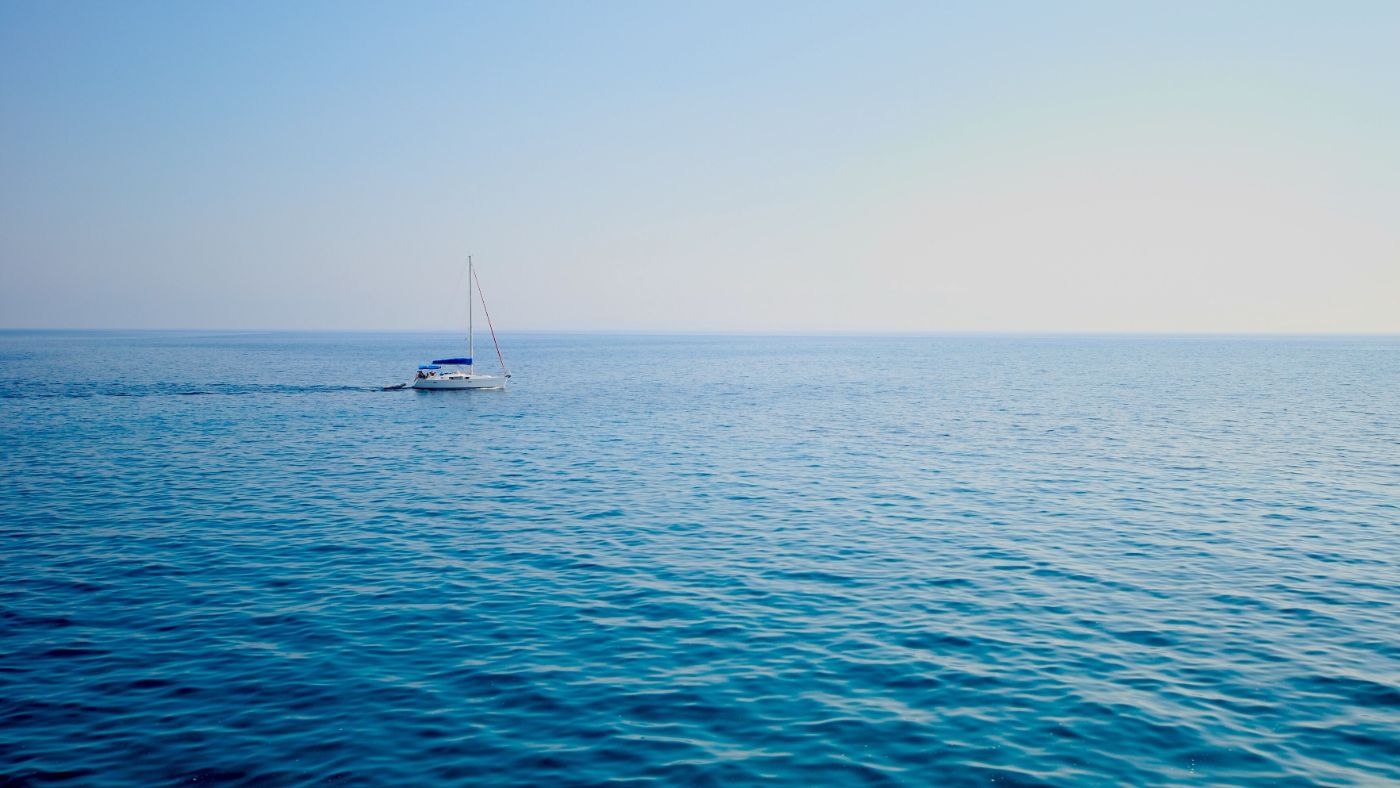
Disadvantages of a Full Keel Ocean Cruiser
What are the drawbacks? Speed and maneuverability. There is a reason you don't see full keel racers out there. The keel design creates a lot of drag, slows down the boat, and offers very little in terms of agility.
Also, its fabulous tracking ability, which is so useful when cruising, will prove annoying when maneuvering the boat in smaller spaces, like slips. Getting into slips in marinas will be plenty more difficult than with fin keels since the boat is keen on maintaining direction. So make sure you get those bow thrusters installed.
Picking a Fin Keel Variant as a Bluewater Cruiser
Then there are fin keels. A common variant is called a bulb keel, which simply means it will have a weight attached to its tip, which increases the righting moment. In other words, it is a counterbalance to reduce heeling.
Another variant is called an L keel, which is shorter to provide a lesser draft, and the sacrificed area is added to the back at the bottom, resulting in an L shape.
Its reduced wetted surface results in lower drag than with full keels, so they are much faster, but they don't track as well and are more susceptible to whatever is happening on the water surface.
Gone are the feeling of safety and sturdiness. Then again, their maneuverability is high, as they don't resist directional change much.
And as you might have guessed, if you run aground with a keel like this, the chances of damage or it full-on ripping out of the boat are considerably higher.
To put it differently, the boat is easier to manipulate, but will not have your back as much when it comes to providing safety. You will need to step your game up and be on guard more than with full keels.
Hybrid Designs
Both these designs are equally capable of withstanding rough weather - though with varying degrees of comfort. They both are capable of long crossings, though one focuses on steadiness, the other on agility.
Luckily, if you dislike either of these, there are hybrids of both, designs that try to get the best of both worlds.
The fin keel variations aren't as plentiful, since sailors have little to complain about when it comes to them. You will find the aforementioned bulb keels that will add to stability - something you will definitely appreciate far from the shore, where the waves get bigger. And there are wing keels, which is a fin keel with horizontal wings connected to its end, to improve directional stability, helping you along when on a long crossing.
When it comes to full keel variations, you will find pretty much anything you can dream of. The variations are mostly in terms of length - they don't necessarily run all the way from the front, all the way to the back, and have varying lengths.
Shortening a full keel lessens the comfort and the heel reducing ability, but works well for speed and maneuverability. And not to lose the rudder protection, some designs feature two keels, as it were, behind one another, where the one in the back is rather small, mostly for the rudder protection, rather than anything else.
So Which Keel Type is Best for Bluewater Sailing?
If you prefer sturdiness, reliability, comfort, and safety, a full keel is the preferred keel design for bluewater sailing. However, if you value speed, and maneuverability, and don't mind increased heeling with rougher seas, the fin keel design is a good option as well.
And if you like neither, find yourself a compromise of which there are many.
There are dozens of keel designs out there, and each type serves a different purpose and excels under different conditions. To understand which keel type is best for your situation, I recommend you read our Illustrated Guide to Sailboat Keel Types, which contains the fundamentals of keel design and an overview for each keel type's characteristics (including diagrams). It will help you understand which keel designs to consider in ten minutes or less.
Did you find the answer to your specific question?
👍 18 👎 1


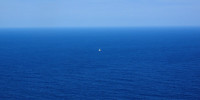
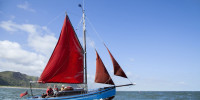
Leave a comment